CA Budget: Governor Newsom’s Budget Proposal Includes
Key Strategies to Educate Youth and Reduce Poverty,
but Fails to Include Necessary Funding for Afterschool
Despite Governor Newsom’s stated commitment to children and families,
afterschool programs are left out of proposed budget
FOR IMMEDIATE RELEASE
January 10, 2020 — Today, California Governor Gavin Newsom released his state budget proposal for Fiscal Year 2020-21, which failed to include critically needed funding for afterschool programs. The California Afterschool Advocacy Alliance issued this joint statement in response:
“We applaud the Governor’s proposal to develop more community schools, a model proven to reduce the impact of poverty and boost outcomes for students through wrap-around services like afterschool care. However, the proposal is short-sighted in its failure to include critical funding to keep these afterschool programs running. This budget proposal ignores the needs of over 400,000 children and their families who depend on After School Education and Safety (ASES) programs each day. ASES programs provide critical child care for working families in high-poverty communities across the state. Without ASES programs, these families could not afford the after-school care, tutoring, and enrichment activities these programs provide.
“Despite recent increases, ASES programs and the families who rely on them are in the same dire situation again, as the minimum wage rises again in FY 2020-21. These programs have endured years of underfunding, forcing them to cut services and the number of students they serve. If we don’t protect afterschool programs, we are taking a step backward in our state’s effort to make sure children get quality education and care and parents get the help they need. We call on the legislature to act and support children and working families by protecting our state’s afterschool programs, so that children living in poverty have equal access to the skills, experiences, and support to succeed in school, college, and work. By keeping kids learning and keeping parents working, afterschool programs are an essential component of our state’s strategy to alleviate poverty and support children from cradle to career.”
California Afterschool Advocacy Alliance Members
A World Fit for Kids!; After-School All-Stars, Los Angeles; arc; Bay Area Community Resources; Boys & Girls Clubs of Carson; California Afterschool Network; California Alliance of Boys & Girls Clubs; California School-Age Consortium; California State Alliance of YMCAs; California Teaching Fellows Foundation; Central Valley Afterschool Foundation; Children Now; Coaching Corps; Community Youth Ministries; EduCare Foundation; Fight Crime: Invest in Kids; Heart of Los Angeles; LA's BEST Afterschool Enrichment Program; Mission: Readiness; Partnership for Children & Youth; Sacramento Chinese Community Service Center; The Children's Initiative; Think Together; Woodcraft Rangers; YMCA of San Diego County
Background
Championed by leaders in both houses, including Gov. Newsom during his term as mayor of San Francisco and during his gubernatorial campaign, California’s publicly funded afterschool programs serve hundreds of thousands of students daily.
Publicly funded afterschool programs operate in communities with the highest levels of poverty. Studies show that kids participating in afterschool programs improve school attendance and graduation rates, develop workforce skills, prevent crime and substance abuse, and enable low-income parents to work by filling a critical child care need for children as young as 4 years old.
ASES was established in 2002 by Proposition 49. ASES is one of the few categorical programs remaining outside of LCFF that does not have a cost-of-living adjustment (COLA) mechanism in statute, even though operations costs and state revenue continue to grow.
Afterschool programs have been stretched to their breaking point after years of rising costs. Each time the state minimum wage has increased without sufficient funding from the state, afterschool programs have sunk deeper into deficit. Since 2007, the state minimum wage has increased 62.5 percent (as of January 2020), but funding for afterschool has only increased 17 percent.
CA3 requests the necessary amount to raise the per child funding from $8.88 to $10.25 per day (a $99 million increase) in FY 2020-21 to make ASES programs whole through the 2020-21 school year.
In California, 2.4 million children would participate in an afterschool program if one were available, especially at the 950 low-income elementary and middles schools that do not have an afterschool program currently.
About the California Afterschool Advocacy Alliance
California Afterschool Advocacy Alliance (CA3) is the statewide voice for expanded learning (afterschool and summer) programs. It is the coalition behind the Save Afterschool Campaign and represents the interests of the half a million children, youth, and their families that rely on publicly funded expanded learning programs throughout California each day. www.saveafterschool.com
Contact: Stephanie Pollick, stephanie@partnerforchildren.org, (510) 830-4200 x1616
